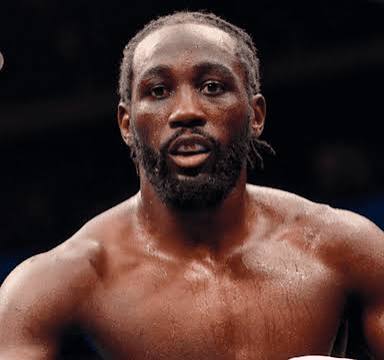How To Train Like A Heavyweight Champion

Anthony Joshua is one of the most renowned boxers around the globe, and for a good reason. His speed, agility, and sheer size garner vast amounts of viewership in the growing sport. His style, technique, and strength shows what goes into the sport of boxing, and upon closer analysis of his training, we can also see what goes into the training of a heavyweight champion.
Boxing is a sport that effectively involves a dynamic mixture of both fitness and technique. In order to excel at the sport, it is important to engage with the training and resources used by its reigning champions. We have identified boxing equipment, exercising, and mentoring as the three main components for effective boxing training.
Read on to gain a deeper understanding of these three main pillars in the training regime of heavyweight boxing champions.
Boxing Training Equipment
Punching another individual without hand wraps can be very painful, so naturally ensuring that you have all the right gear to begin your training should be your first step forward here. Sting Boxing is one of the few leading retailers that provide high-quality necessary equipment like gloves and hand wraps for both champion fighters as well as aspiring boxers.
Generally, if anyone wants to excel at any given sport they must be aware of the equipment required and this doesn't just include boxing gloves and hand wraps, however. Protective headgear, mouthguards, and sweatbands are just a few of the other essentials required in this often high impact sport. It would be unwise to step into a ring or even have a sparring session with another boxer wearing little to no equipment or even outdated equipment. In essence, an investment in some modern boxing equipment is an investment in your own health and safety, both inside and outside the ring.
Weights & Strength Training
Weight exercises walk hand-in-hand with any physical sport, as they assist your body's ability to maintain weight upon its muscles. Many athletes proclaim that after a variety of consistent weight training, they’re able to move faster, with greater dexterity, and produce stronger movements, all of which is definitely ideal for boxers.
Weight training is necessary in boxing as it has provided a number of benefits that go into the fundamentals of the sport’s mechanical movements. Working on one's chest, shoulders, and triceps will allow fighters to produce more consistently powerful punches. Calf raises and leg presses will also assist in developing the correct forms with regards to footwork, and compound exercises will assist in muscular endurance.
The most beneficial exercises to get in the swing of boxing however, are ones that involve the core muscles. A strong core improves agility, balance, and acts as an ‘anchor’ for the body. A strong core exercise is to perform a circuit of exercises. This is beneficial as it will increase the intensity of the workout and muscles will re-grow stronger more quickly.
Cardio Exercises
As Anthony Joshua said, getting fit is only “half the battle”. Nonetheless, it is still a battle, and a challenging one at the worst of times. What Joshua’s quote reveals, however, is just how fit champion fighters are expected to be. And when you think about the structure of professional fights, you can certainly see just why that elevated level of physical fitness is so necessary. You have to be able to consistently attack, defend, and dodge around a ring effortlessly for 12 rounds.
Going for runs to boost your cardiovascular health amongst other cardio exercises is a good start here. There must, however, be a consistent variation in the distance, speed, and incline of this cardio. For example, tempo runs on a light incline, running at 18km/h for 1 minutes followed by 1 minute of 5km/h, will condition your body for the intensity and longevity required for the sport of boxing in particular. Another variation may involve sprinting for 30 seconds followed by 1 minute of 5km/h, with a minor incline.
These variations will condition your body to a higher intensity over a shorter time period. Don't let your cardio variations stop at just running, however. You can achieve similar results by riding a bicycle, heading out on a steep incline walk, or even doing some weighted runs will further condition your body for the different types of stress it will likely feel in the ring. This will become evident when boxers go the distance and you can see which opponent has better adapted to the endurance components of the sport.
Anthony Joshua includes meticulous variations in all of his exercises to help his body adapt in his performances.
Wise words from a professional
Joshua, the champ that we’ve been following throughout this piece, has also gone on to say, “if you’re fit, you’re in a good place to be in, then all you have to learn is the technical side of it”. Joshua also touches on a few unique training methods that can help, with the first being training on sand surfaces.
Joshua exclaimed that he performs 15 minutes of sand drills to help train his feet to move in an unpredictable manner. He backs this up by drawing on Brazilian footballers and how one of the contributing factors to their talent is playing football in the sand from a young age. He’s a firm believer that ‘making things difficult in practice will make them easier in the ring’.
All in all, training like a heavyweight champion sounds like a tough process although if approached correctly and with the right mindset, equipment and exercises, you’ll likely integrate into the sport nicely. Consistency is key and listening to what Joshua touches on about adapting and practising with intensity won’t just help with your training, but may also help you perform in the ring when that time comes as well.








